A Helsinki exhibition explores the artistic synergy between the Nordics and East Asia
Ateneum museum is marking the centenary of diplomatic relations between Finland and Japan with a quietly beautiful display of ceramics, paintings, sculptures and textiles
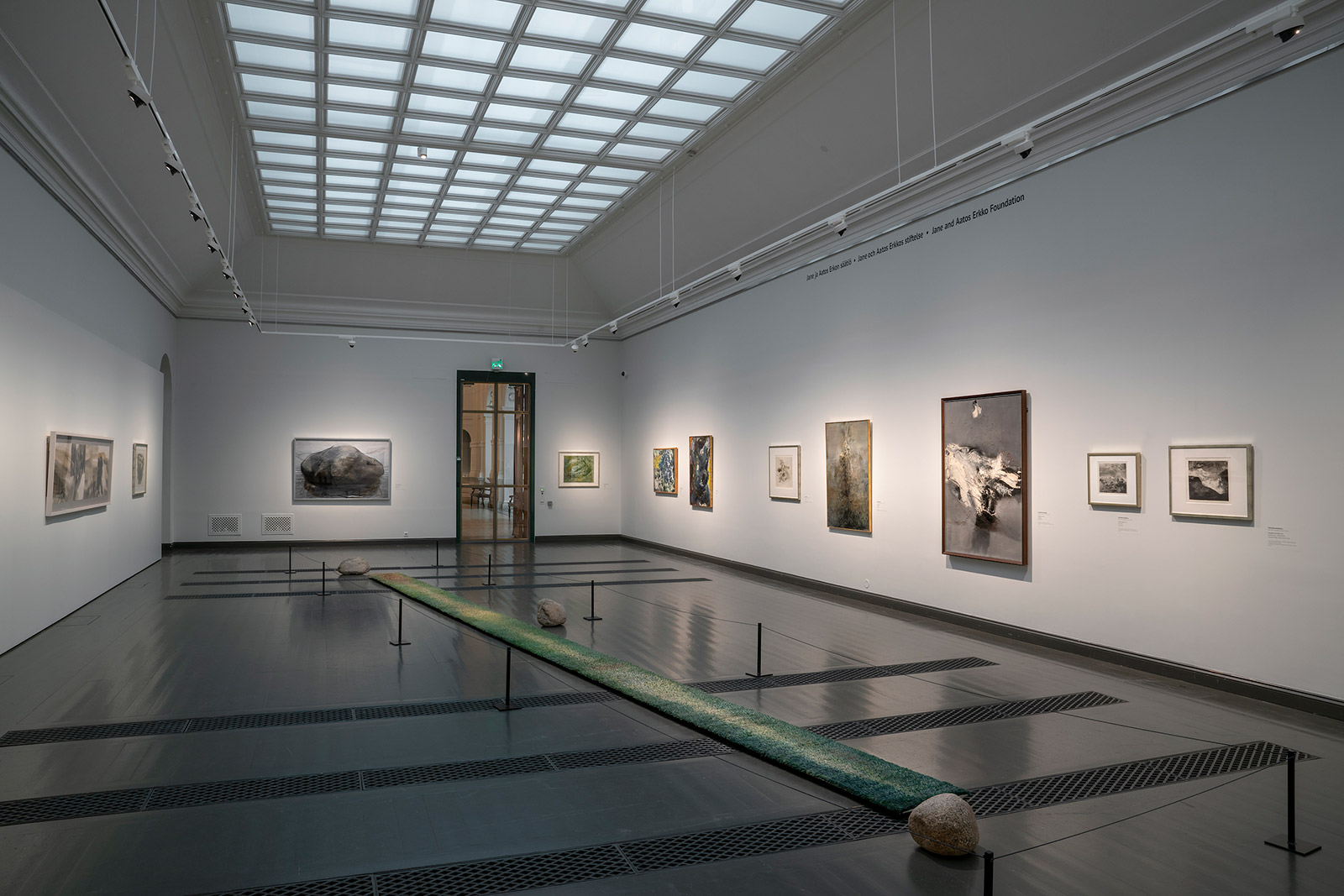
Silent beauty. It’s a phrase that perfectly captures the shared aesthetic of two remote parts of the world. One is the Nordic region – especially Finland and neighbouring Sweden – the other is East Asia; mainly Japan, with ancestral influences from Korea and China. An exhibition by the same name combines the collection of Helsinki’s Ateneum (one of three museums forming the Finnish National Gallery), where the show is being held, alongside pieces from the Japan Folk Crafts Museum in Tokyo.
On display are mainly ceramics and paintings, dotted with sculptures, textiles and architecture, which explore the countries’ artistic synergy. The timing is apt: this year marks the centenary of diplomatic relations between Finland and Japan. The show’s time span is elastic: focusing on pre- and post-World Wars, yet sometimes diverting to Korea’s Joseon dynasty (15th century) or the present day.
The opening section profiles Yanagi Sōetsu, art critic, philosopher and father of the Mingei movement, initiated in 1925. His campaign, which emphasised the beauty of everyday objects in simplified shapes, culminated in the opening of the Japan Folk Crafts Museum in 1936. Yanagi had visited Stockholm in 1929 and played a key role in Japan’s embrace of Nordic aesthetics.
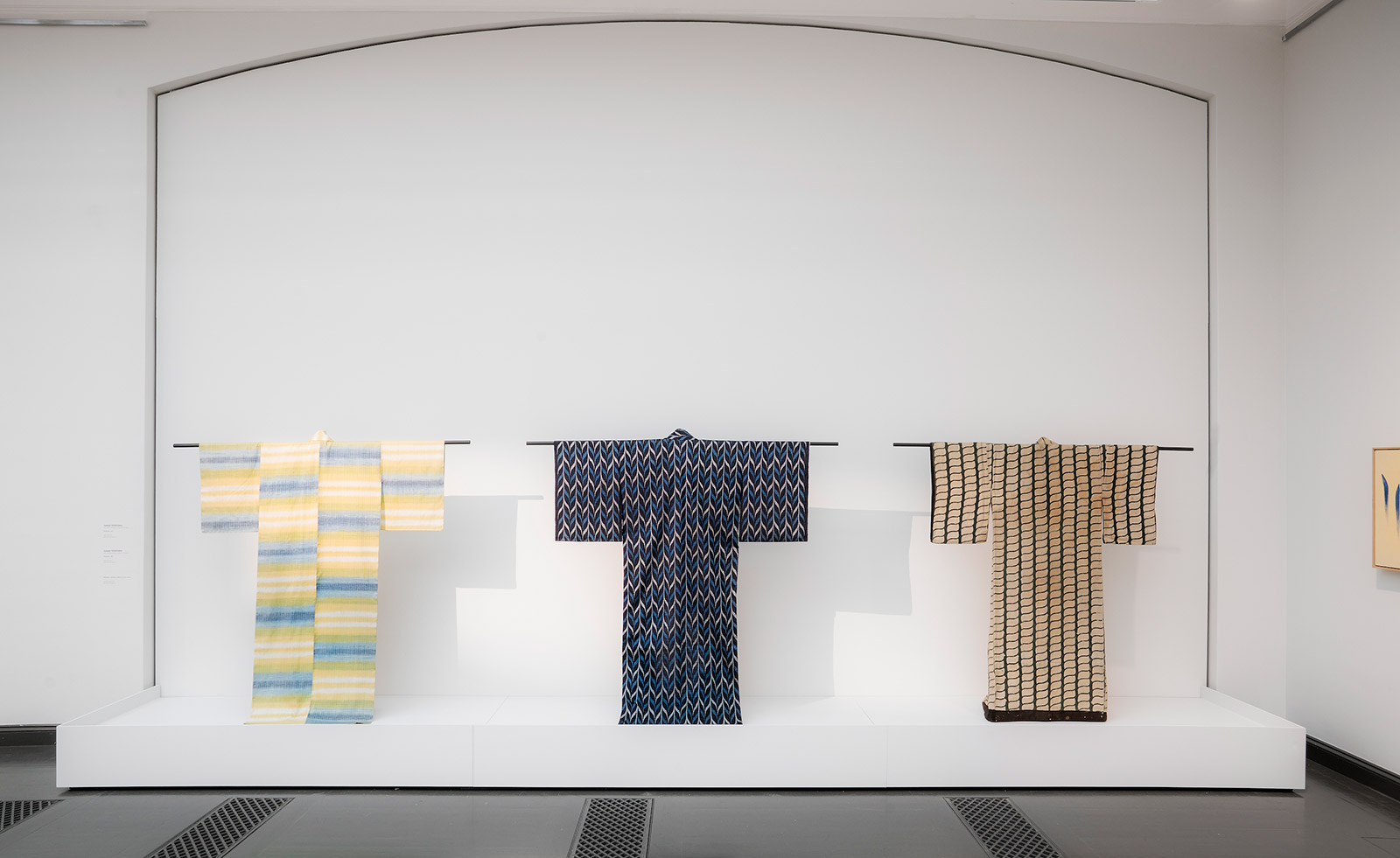
Courtesy of Finnish National Gallery. Photography: Hannu Pakarinen
Meanwhile, Finnish and Swedish artists were discovering Japanese sensibilities through techniques and materials like woodcut printing and Japanese handcrafted paper, exhibited in Paris or at the Venice Biennale. This section’s display starts with a 19th-century haori, a kimono-style coat. The simple lines and geometric motifs of the garment, which was used as fireman’s uniform, illustrate the beauty in a functional item made by an unknown craftsperson. Coincidentally, its motifs also recall the universe of iconic Finnish design house Marimekko.
The next room is largely dedicated to landscapes, starting with an oil painting by Helene Schjerfbeck. The strong connection to nature highlights similarities between the Far East and the far north. Then a great number of stoneware and earthenware pieces appear including slender-shaped jugs and bottles by Kyllikki Salmenhaara, which recall the stretching cedar tree, while minimally shaped plates and bowls by Kanjiro Kawai and Shōji Hamada lend a sense of dynamism.
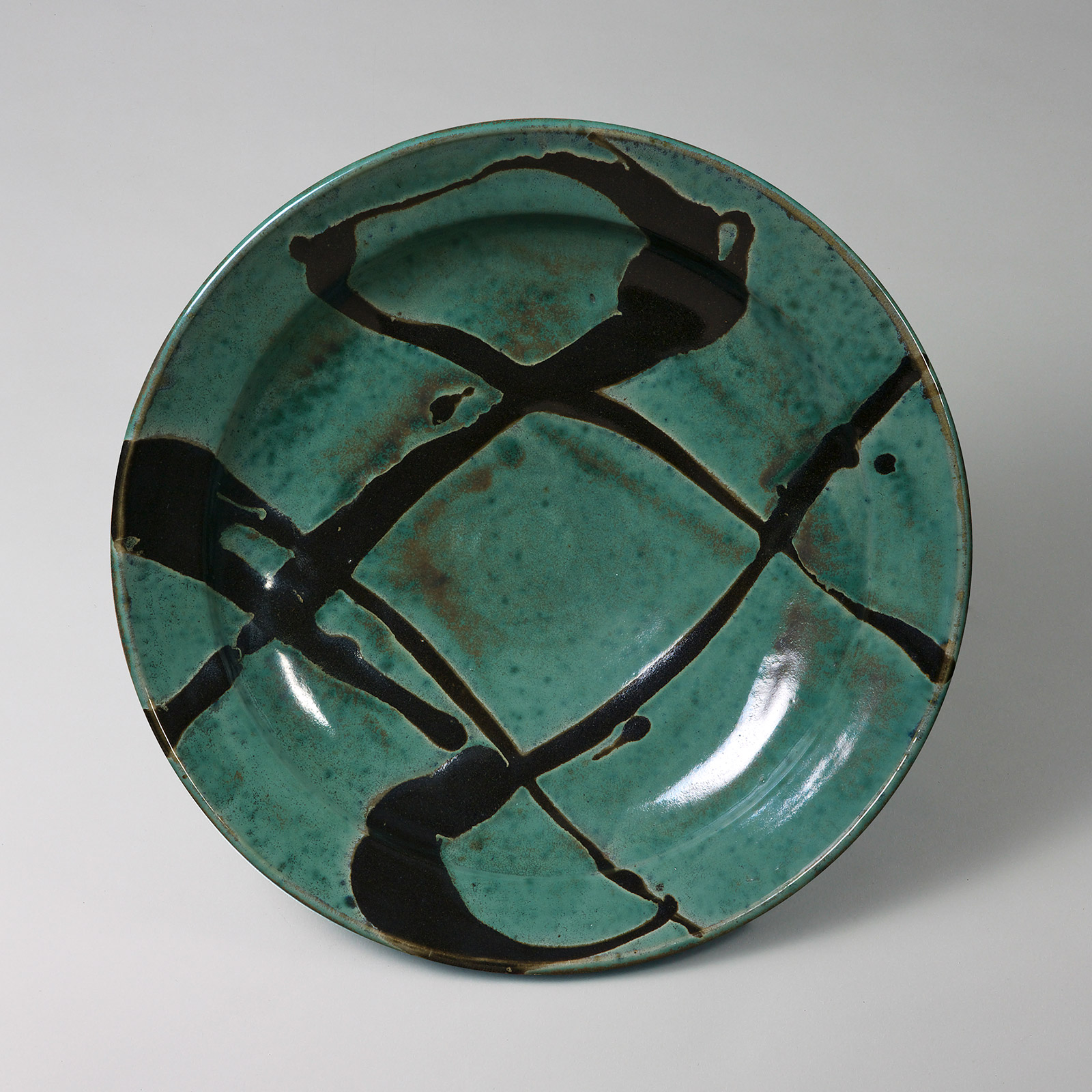
‘According to Hamada, it takes sixty seconds to apply his decorative technique, but it took him sixty years to learn it’, says Anne-Marie Pennanen, the show’s curator, pointing out the calligraphy-like motif on the plate. As a backdrop to the pottery, two stencil-dye (Katazome) works by Samiro Yunoki are displayed on the wall.
‘Silent Beauty’ unfolds as a perpetual dialogue between different disciplines. Its flow is organic, guided by themes such as winter, fire, still lifes and black and white. The show also includes ceramics by Bernard Leach, paintings by Ufan Lee, and abstract paintings and sculptures by the Finnish couple Ahti and Maija Lavonen. Among the qualities juxtaposed throughout this exhibition, such as harmony, calmness, cleanness, simplicity, patience, the most prominent of all is pure silence. Here, silence is more golden than ever.
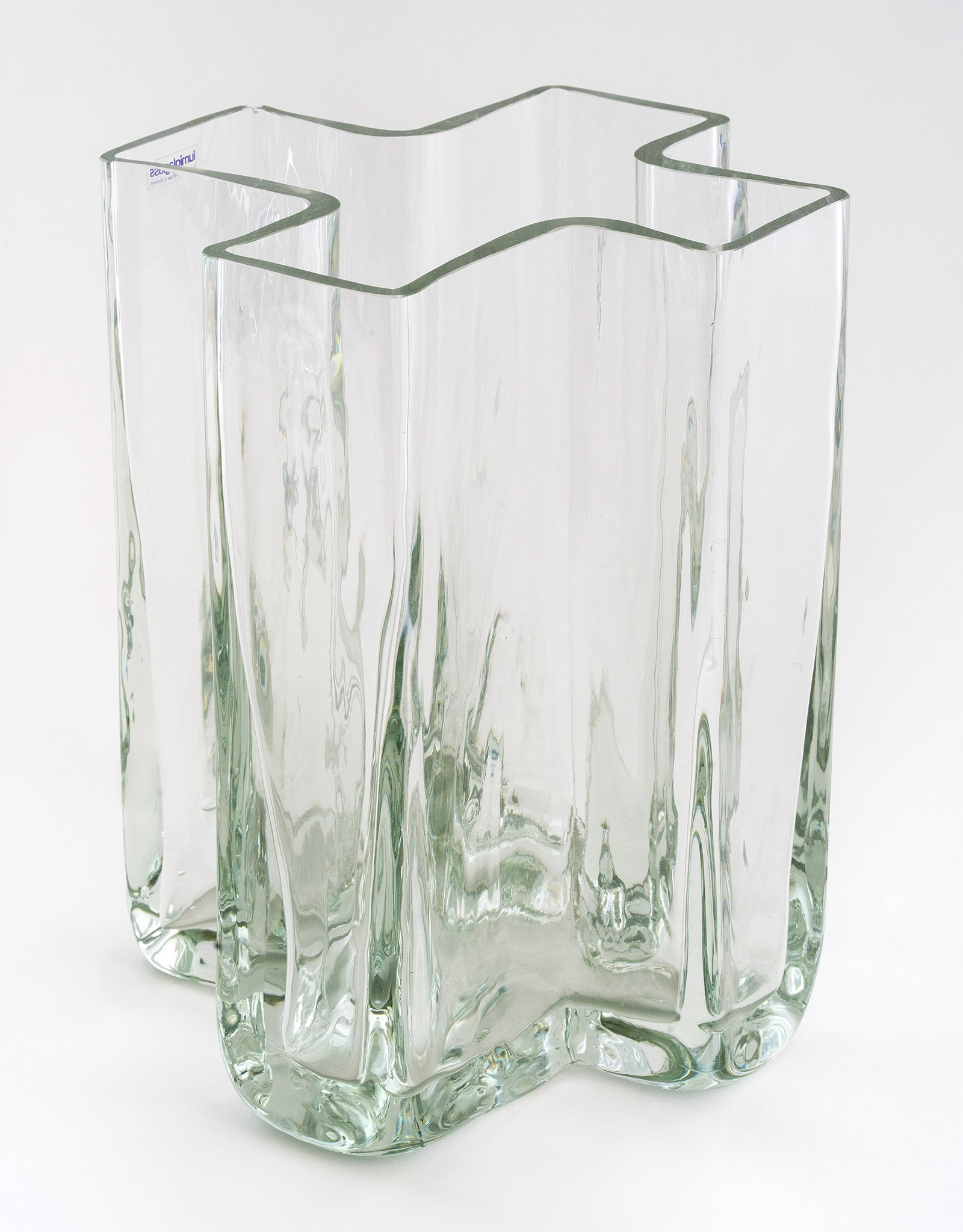
Vase, 1970, by Heidi Blomstedt. Courtesy of Finnish National Gallery. Photography: Hannu Pakarinen
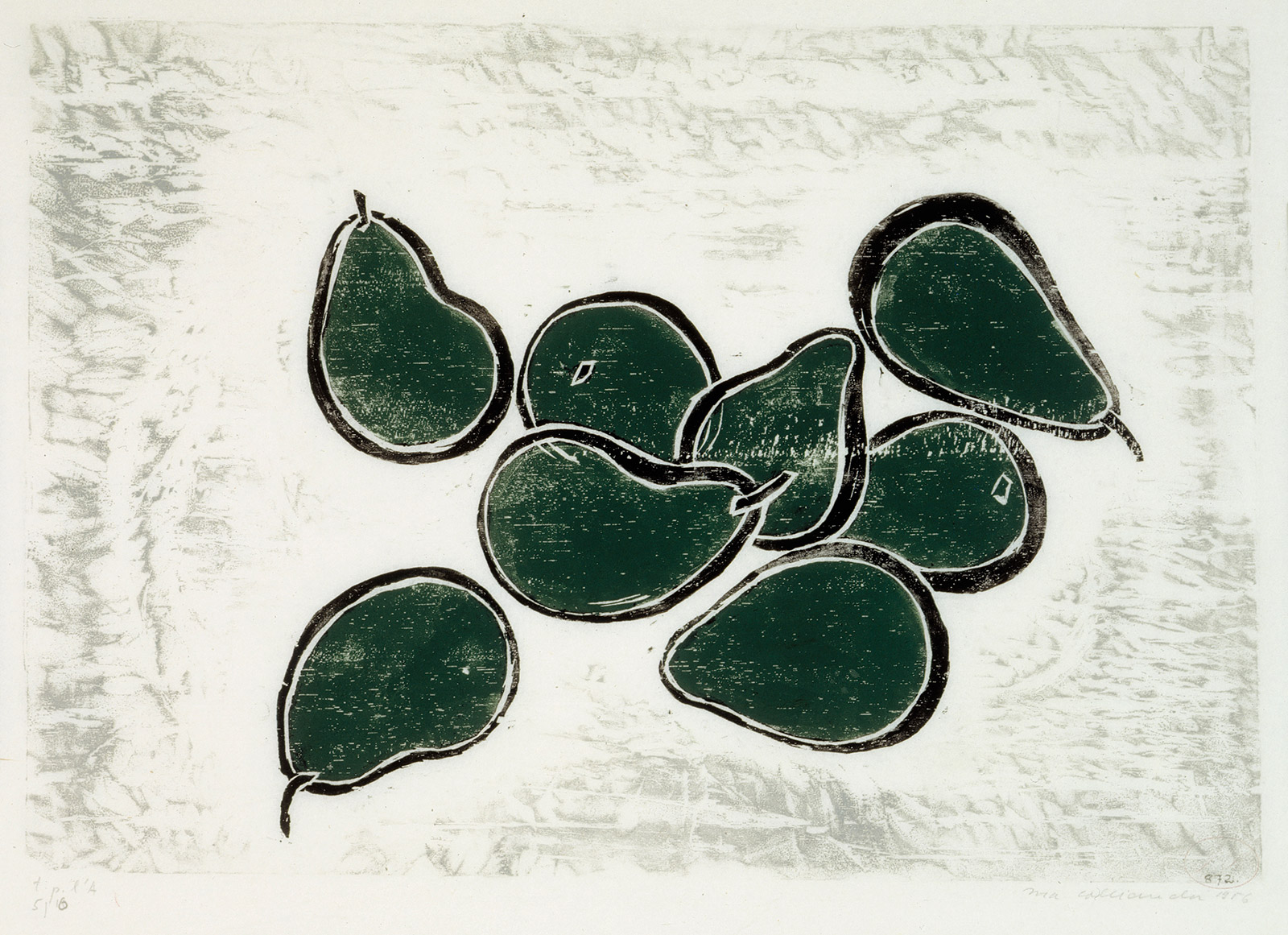
Eight Pears, 1956, by Ina Colliander. Courtesy of Finnish National Gallery. Photography: Hannu Karjala

Still Life, 1959, by Kalle Eskola. Courtesy of Finnish National Gallery
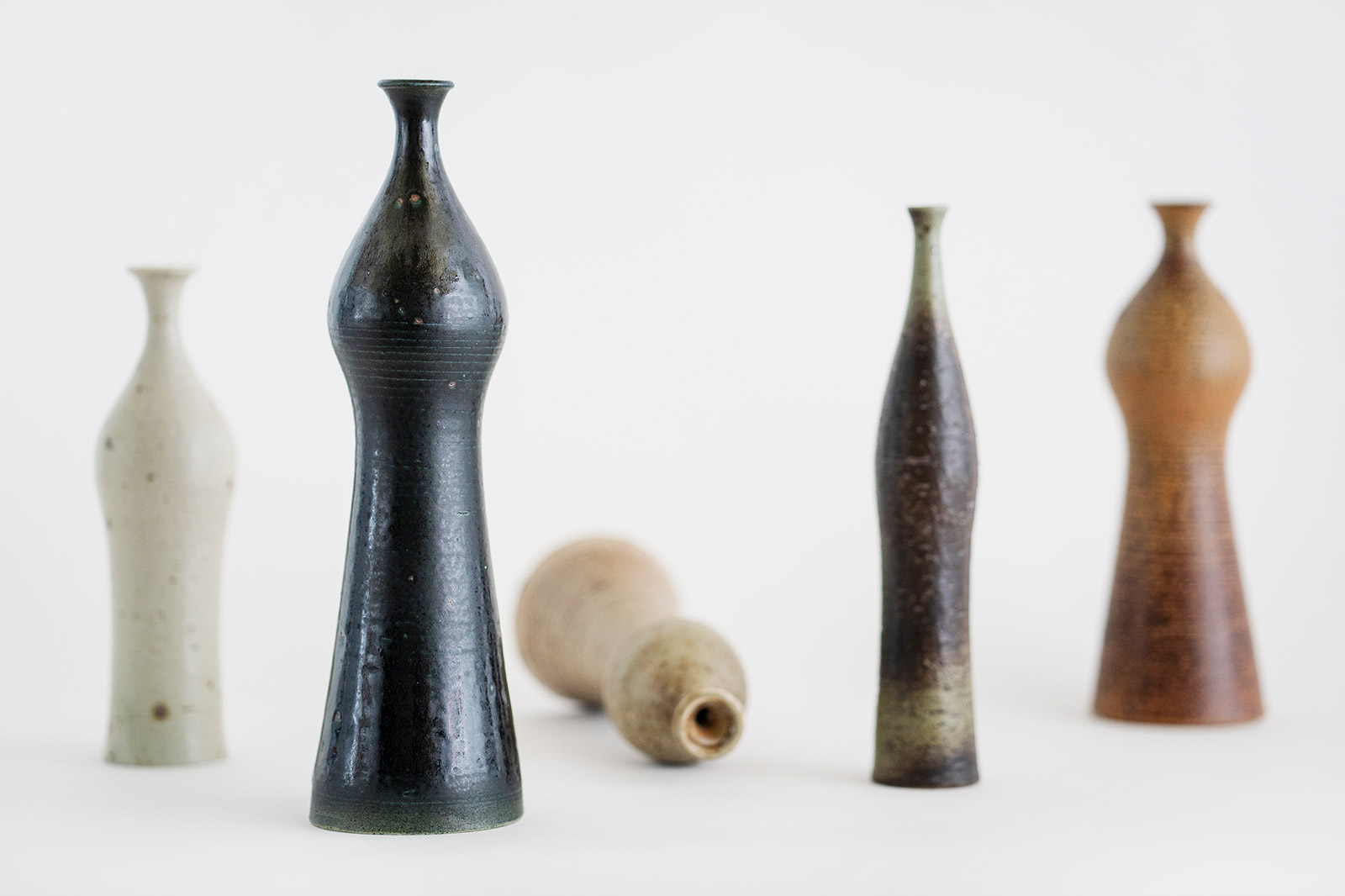
Bottles, 1953, by Kyllikki Salmenhaara. Courtesy of Finnish National Gallery. Photography: Hannu Pakarinen
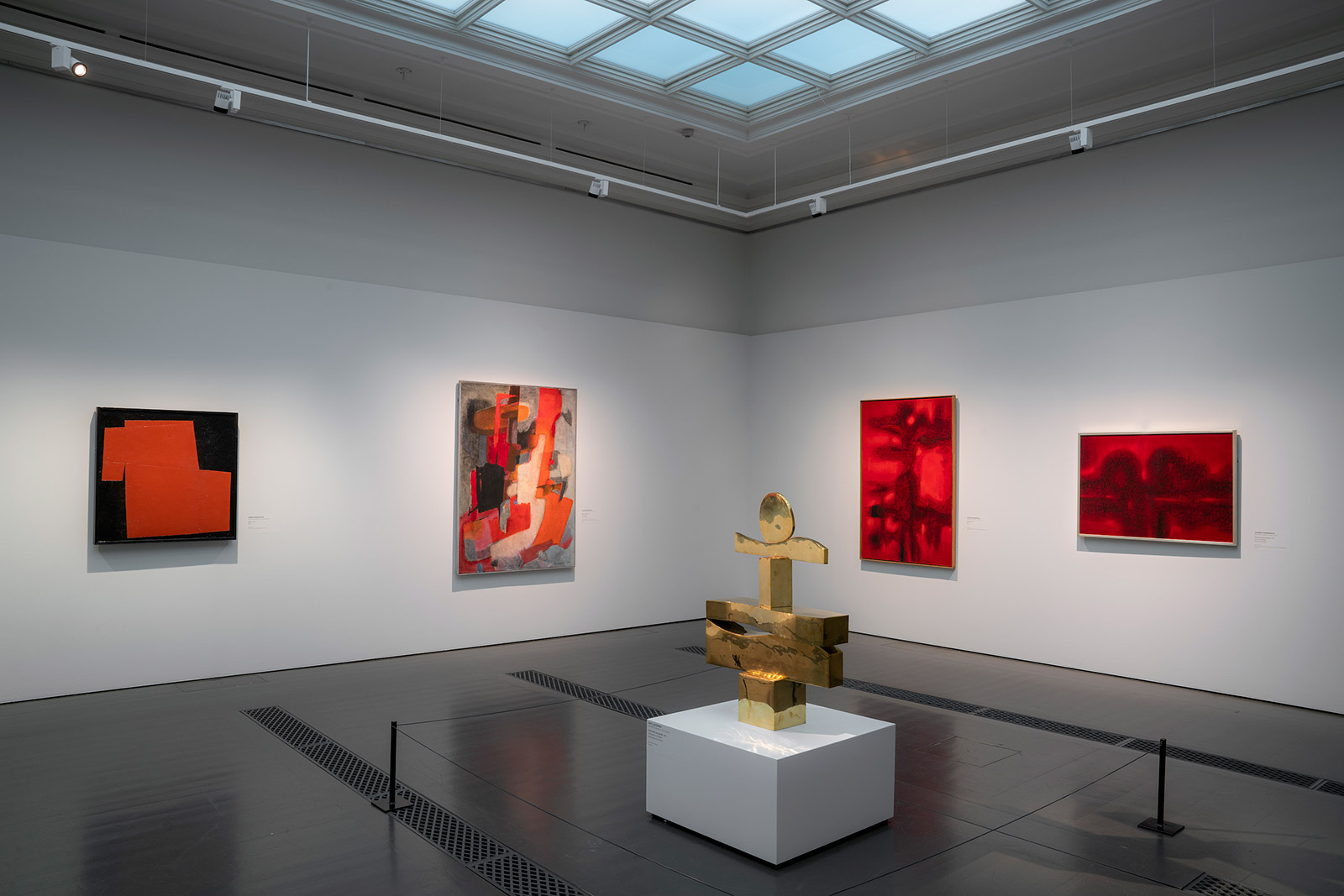
Courtesy of Finnish National Gallery. Photography: Hannu Pakarinen

Composition, 1956, by Zao Wou-Ki. Courtesy of Finnish National Gallery. Photography: Jenni Nurminen
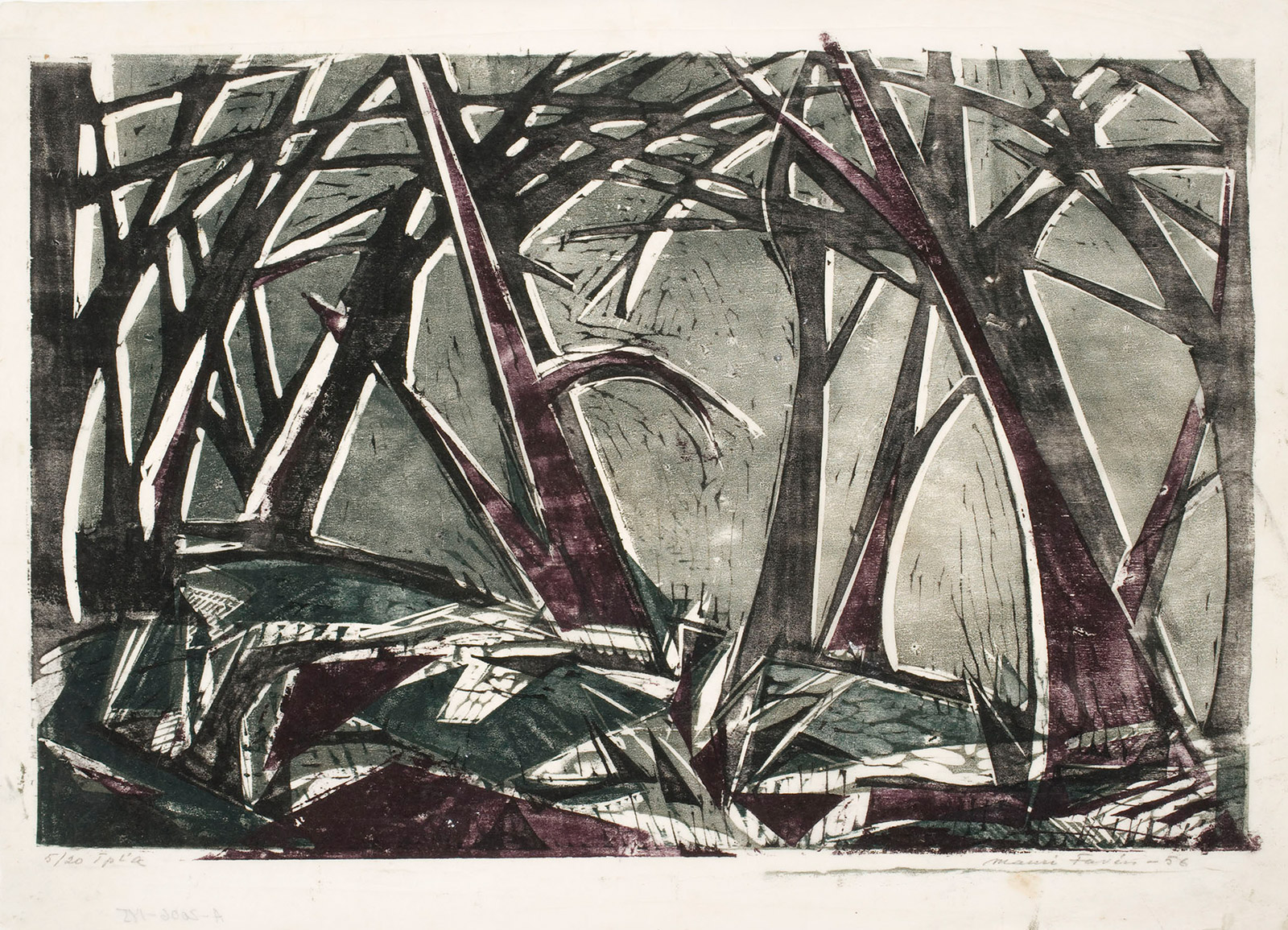
Edge of the Forest, 1956, Mauri Favén. Courtesy of Finnish National Gallery. Photography: Jenni Nurminen
INFORMATION
‘Silent Beauty: Nordic and East-Asian Interaction’, until 6 October, Ateneum. ateneum.fi
ADDRESS
Ateneum
Kaivokatu 2
00100 Helsinki
Receive our daily digest of inspiration, escapism and design stories from around the world direct to your inbox.
Minako Norimatsu is a Japanese journalist and consultant based in Paris. Extremely curious about everything creative, her field ranges from fashion to art, dance, hospitality and travel. She has interviewed many Japanese fashion designers and artists for Wallpaper*, as well as non-Japanese creatives whose inspirations are drawn from Japan.
-
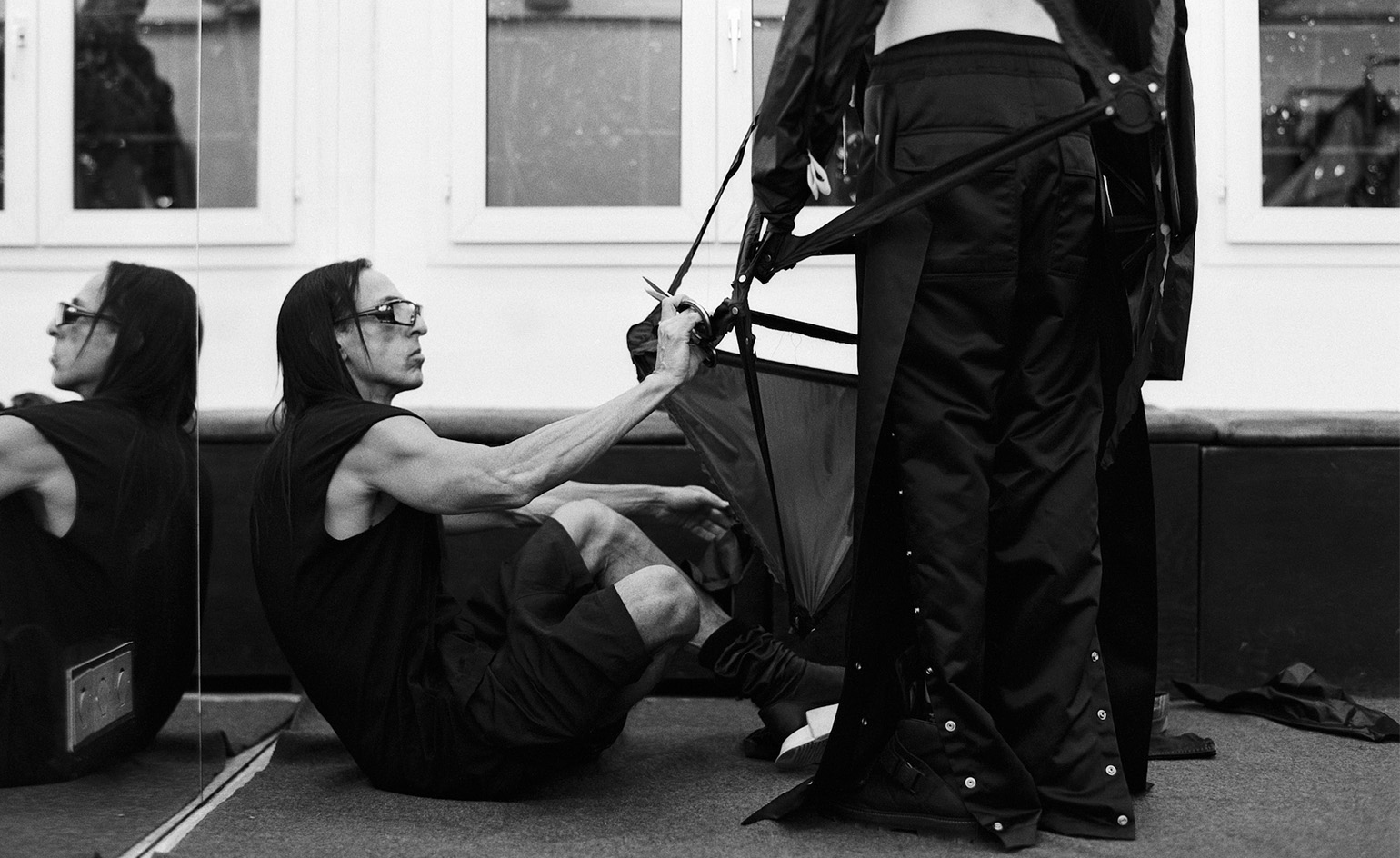 These illuminating interviews tell the story of 2025 in style, from Rick Owens to runway magic
These illuminating interviews tell the story of 2025 in style, from Rick Owens to runway magicExploring themes of creativity, resilience and facing fashion’s future, a series of intriguing conversations from the style pages of Wallpaper* in 2025
-
 This LA-based furniture designer finds a rhythm in music and making
This LA-based furniture designer finds a rhythm in music and makingWallpaper* Future Icons: LA-based Ah Um Design Studio's expressive furniture features zig-zagging wooden frames, mohair and boucle upholstery, and a distinctive use of tiles
-
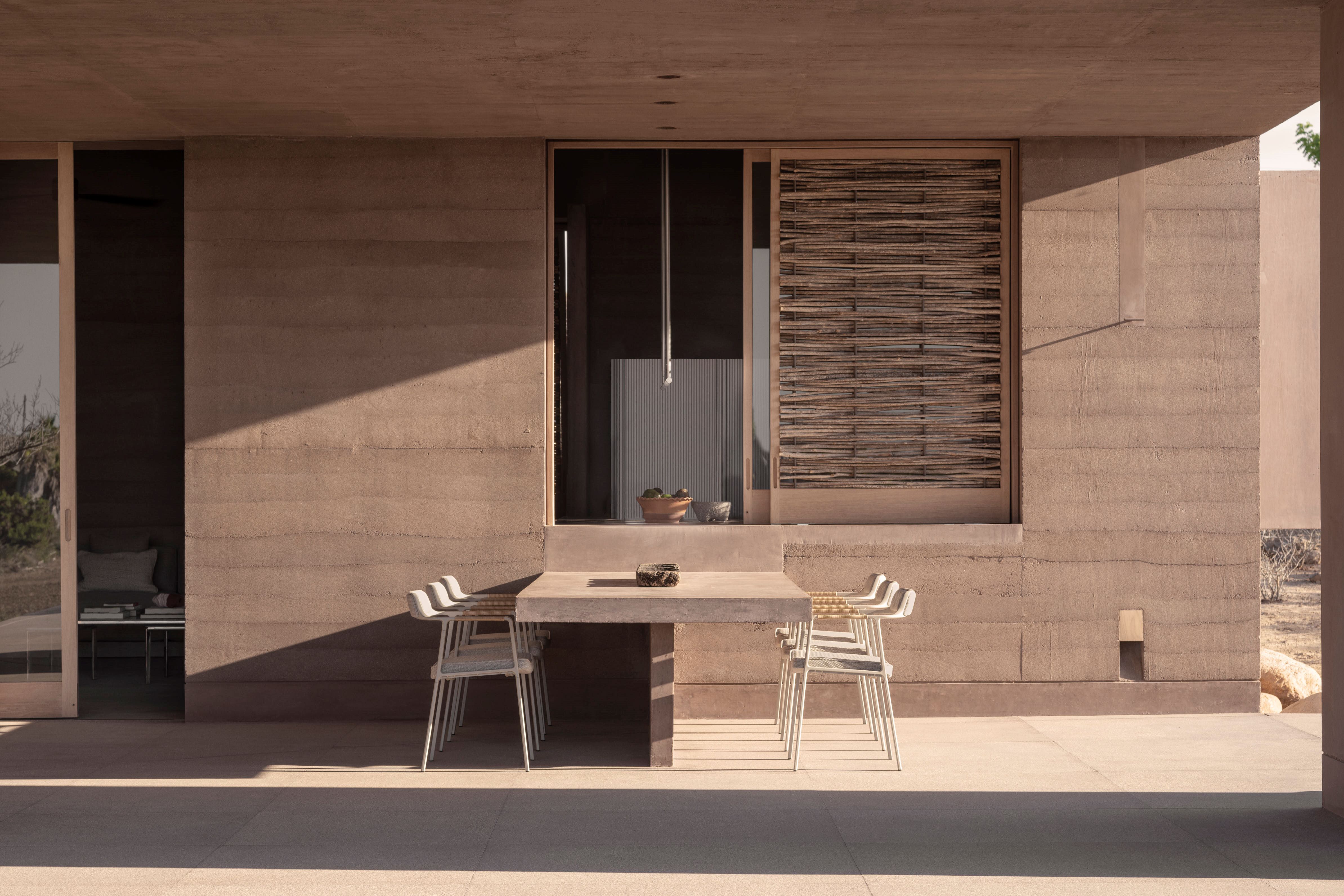 This Mexican architecture studio has a surprising creative process
This Mexican architecture studio has a surprising creative processThe architects at young practice Pérez Palacios Arquitectos Asociados (PPAA) often begin each design by writing out their intentions, ideas and the emotions they want the architecture to evoke
-
 Sculptor Woody De Othello paints a Miami museum red for a show that ‘almost hugs you’
Sculptor Woody De Othello paints a Miami museum red for a show that ‘almost hugs you’The Miami-born, California-based artist opens his first museum exhibition in his hometown as an experiential journey through life and lifeless objects
-
 This Gustav Klimt painting just became the second most expensive artwork ever sold – it has an incredible backstory
This Gustav Klimt painting just became the second most expensive artwork ever sold – it has an incredible backstorySold by Sotheby’s for a staggering $236.4 million, ‘Portrait of Elisabeth Lederer’ survived Nazi looting and became the key to its subject’s survival
-
 Meet Eva Helene Pade, the emerging artist redefining figurative painting
Meet Eva Helene Pade, the emerging artist redefining figurative paintingPade’s dreamlike figures in a crowd are currently on show at Thaddaeus Ropac London; she tells us about her need ‘to capture movements especially’
-
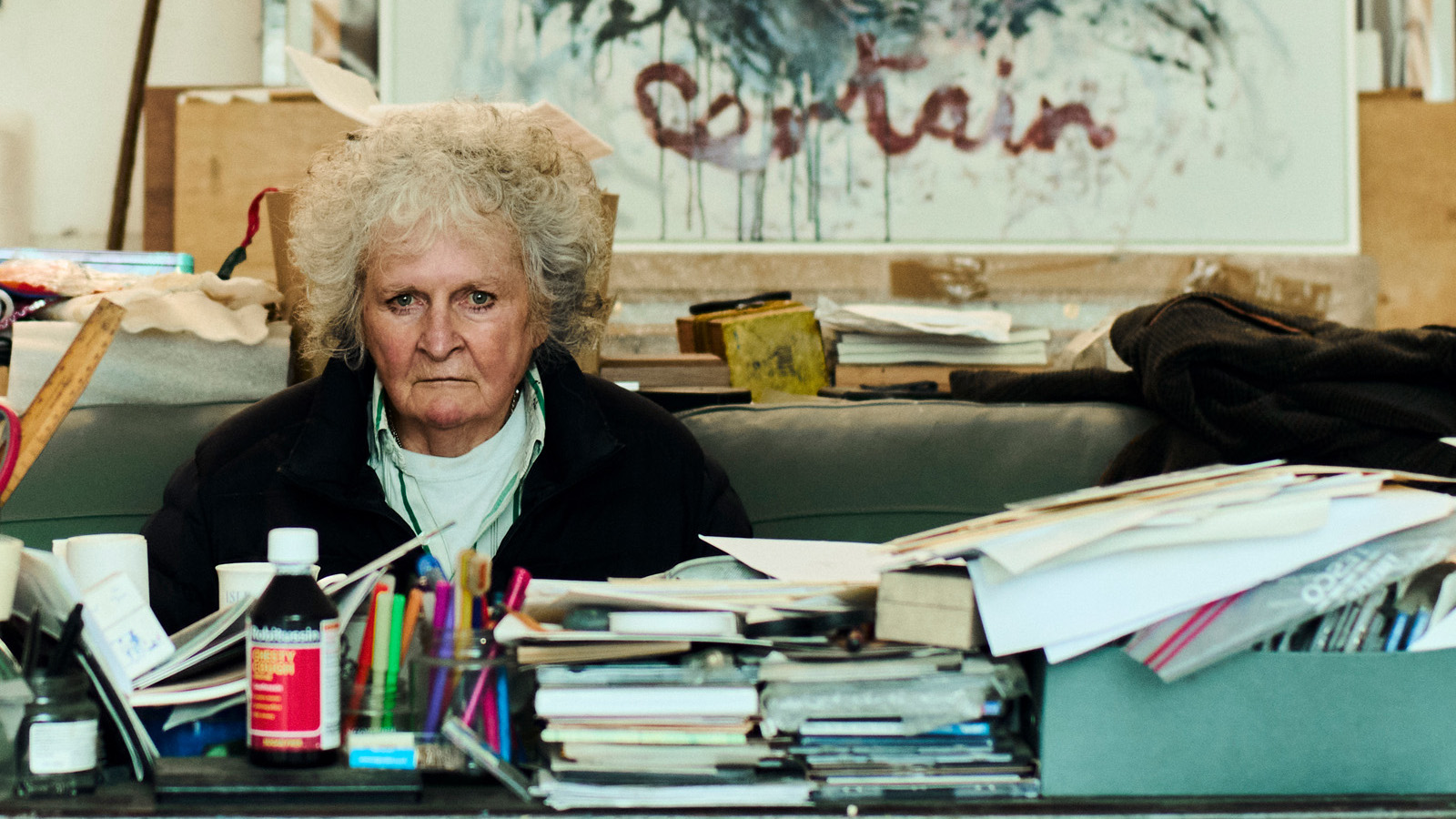 Maggi Hambling at 80: what next?
Maggi Hambling at 80: what next?To mark a significant year, artist Maggi Hambling is unveiling both a joint London exhibition with friend Sarah Lucas and a new Rizzoli monograph. We visit her in the studio
-
 Out of office: The Wallpaper* editors’ picks of the week
Out of office: The Wallpaper* editors’ picks of the weekThis week, the Wallpaper* editors curated a diverse mix of experiences, from meeting diamond entrepreneurs and exploring perfume exhibitions to indulging in the the spectacle of a Middle Eastern Christmas
-
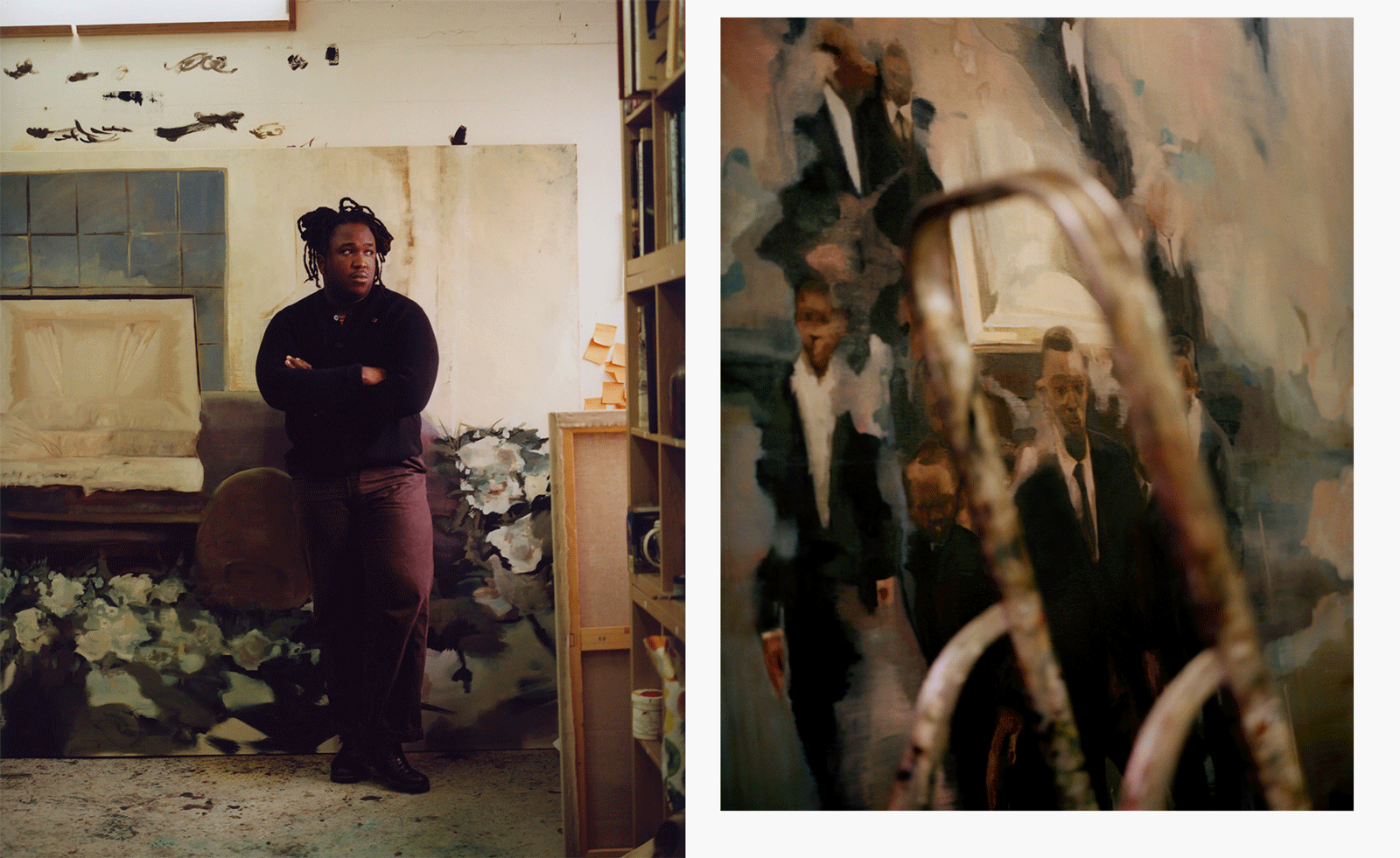 Artist Shaqúelle Whyte is a master of storytelling at Pippy Houldsworth Gallery
Artist Shaqúelle Whyte is a master of storytelling at Pippy Houldsworth GalleryIn his London exhibition ‘Winter Remembers April’, rising artist Whyte offers a glimpse into his interior world
-
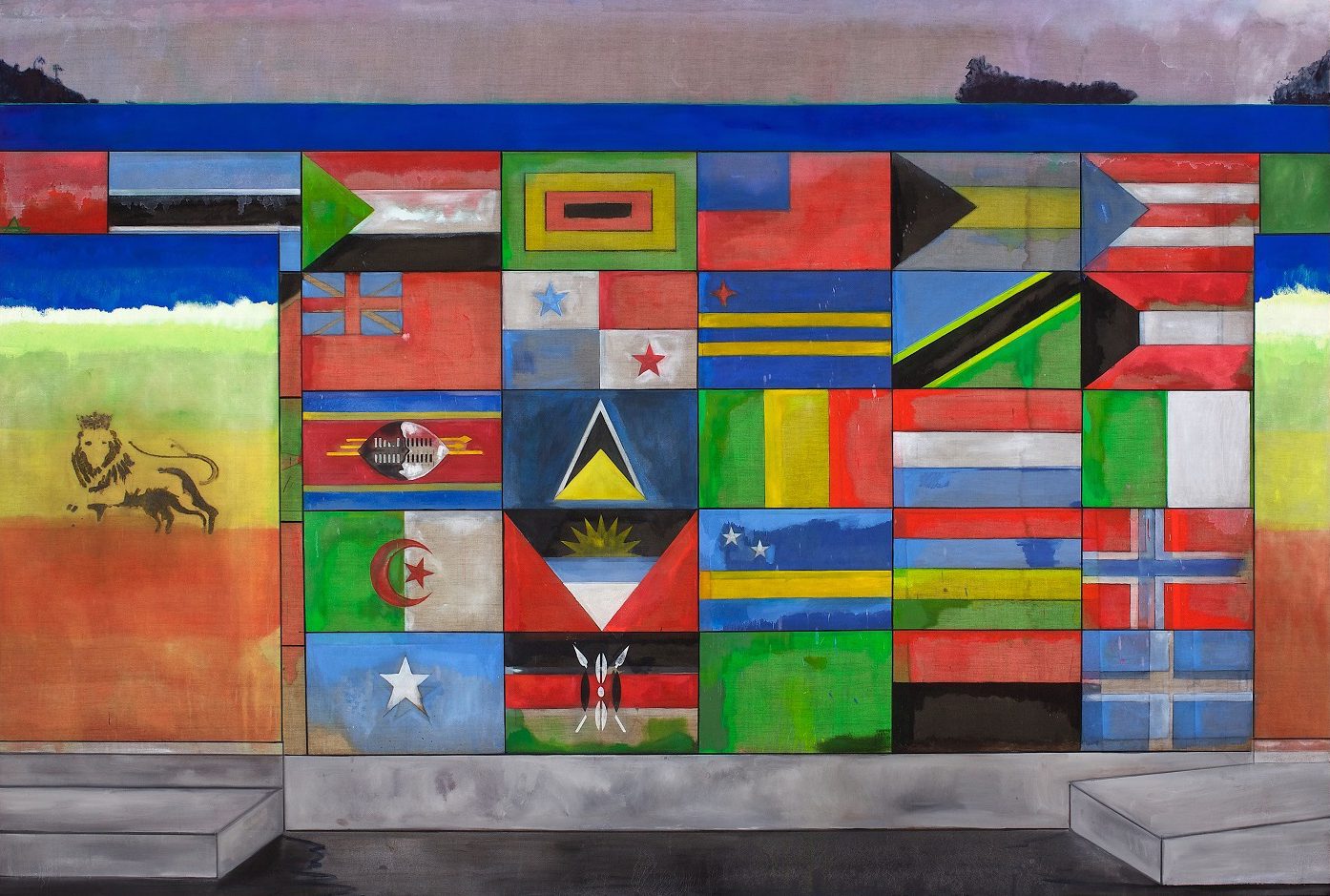 ‘Sit, linger, take a nap’: Peter Doig welcomes visitors to his Serpentine exhibition
‘Sit, linger, take a nap’: Peter Doig welcomes visitors to his Serpentine exhibitionThe artist’s ‘House of Music’ exhibition, at Serpentine Galleries, rethinks the traditional gallery space, bringing in furniture and a vintage sound system
-
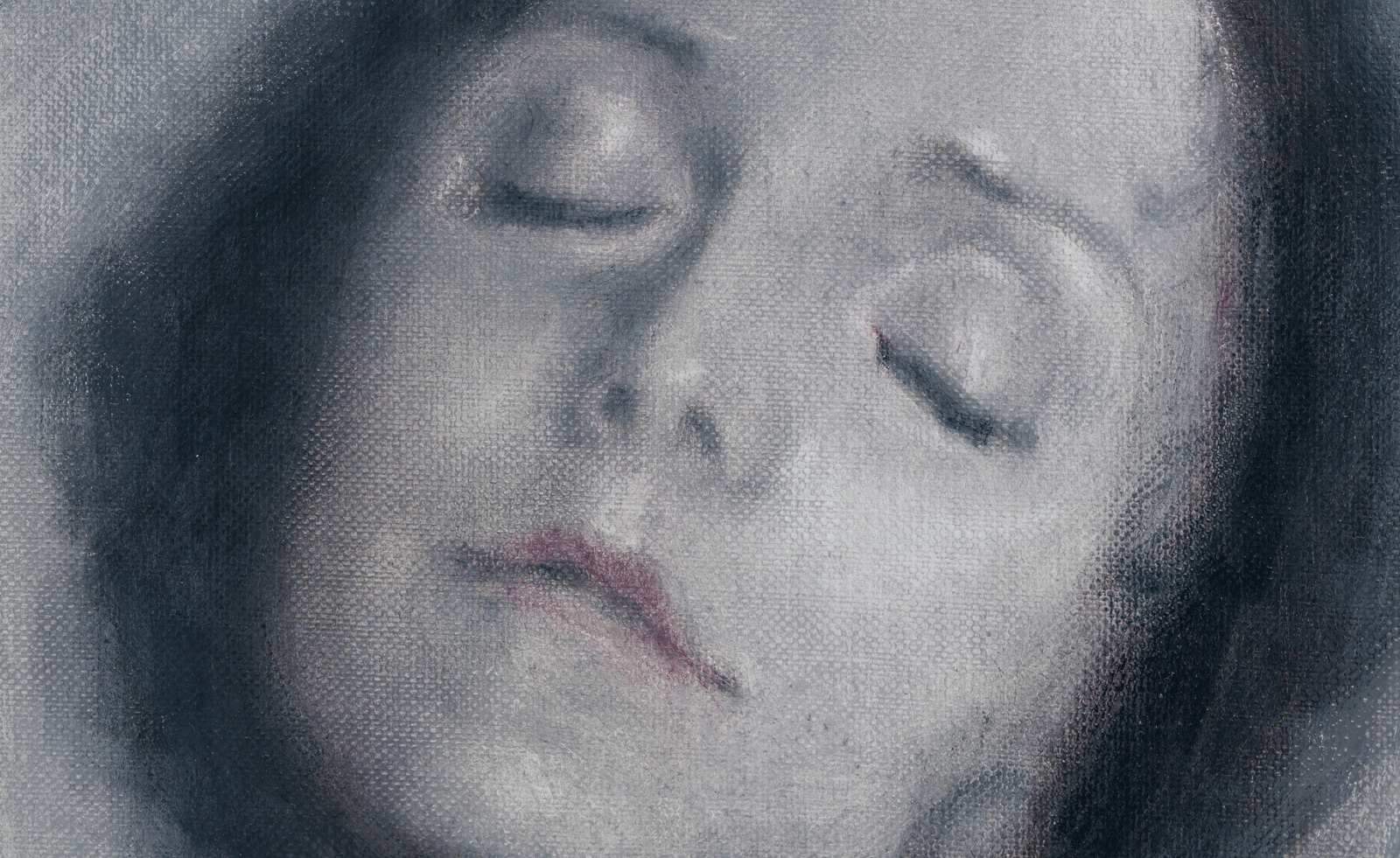 Classic figurative painting is given a glamorous and ghostly aura by Polish artist Łukasz Stokłosa
Classic figurative painting is given a glamorous and ghostly aura by Polish artist Łukasz StokłosaThe gothic meets the glamorous in Stokłosa’s works, currently on show at London’s Rose Easton gallery